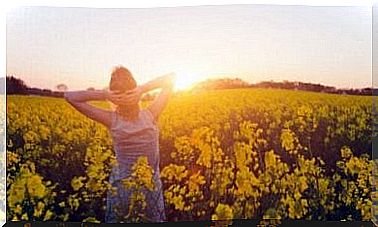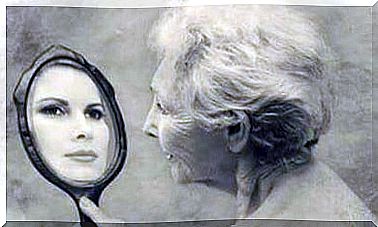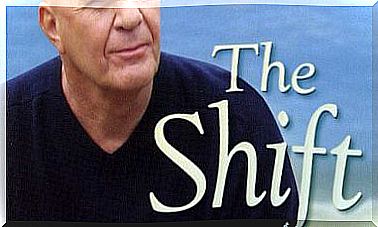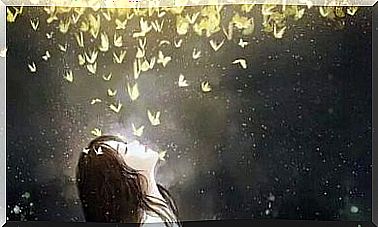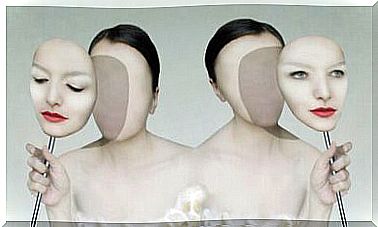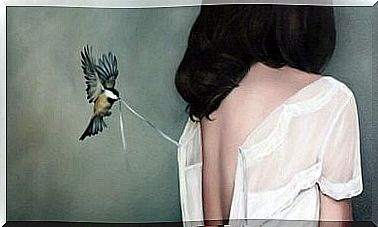Salvador Dali And His Method Of Arousing Creativity
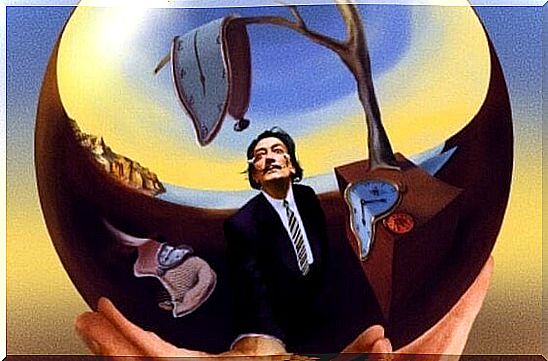
This method by Salvador Dali is based on the hypnagogic state and tried to rise above the world of reasoning and instead turn to the surreal. He created what he calls “photography of hand-painted dreams”, which still fascinates us even today.
Many see Salvador Dali as an eccentric man who is difficult to understand and also controversial and often extreme. However, he managed to capture his deepest feelings and bring them to light. He was an explorer of the mind, “a psychonaut” who never needed drugs to achieve creative ecstasy.
The methods that Dali used to immerse himself in his private and endless oceans of the surreal are something that still interests us even today. Many creative groups use his techniques to get better ideas. They can remove the filter of reasoning and train the brain to become more free and receptive.
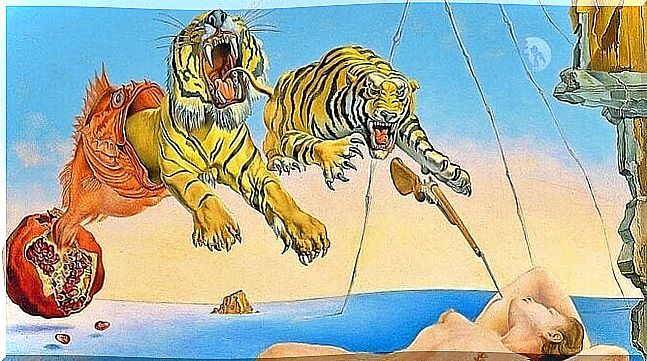
Let’s take a look at one of his most famous works entitled “Dream caused by the bee’s flight around a pomegranate before waking up”. This strange but simple title gives us a little clue about Dalí’s famous method, which he used to create his works. In this painting, however, he wanted to show something else that he learned by reading Freud. Freud said that many of our dreams are stimulated by, for example, sounds and smells, such as the sound of a bee buzzing around us when we sleep.
Dali used to take a siesta, and every time he did, he took a spoon with him. His method, magic and ritual were as follows: after he had eaten, he used to sit down in an armchair. In one hand he held a spoon and then he placed a plate on the floor. His nap lasted only a few minutes, because his purpose was not to sleep, but to achieve a hypnagogic state. He also knew that he would lose the spoon when he achieved deep sleep. The sound when the spoon reached the plate would wake him immediately. That was what he wanted to achieve.
This technology made him travel between the state of dreams and the waking state – that immeasurable ocean where the most amazing creatures arise, the strangest creatures in the unconscious world. A condition he visited every afternoon for a few minutes. And where he could take advantage of the times where the mind is more fluid and hyper-associative than ever.
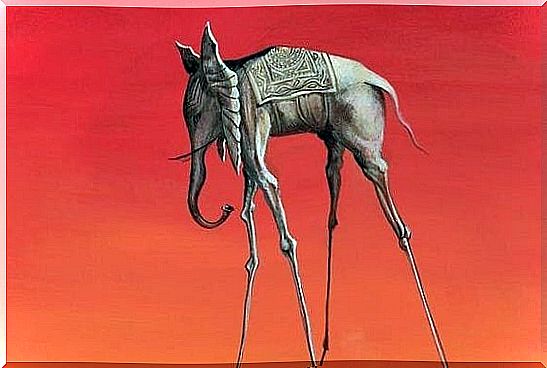
Salvador Dalí’s method is based on achieving a hypnagogic state, but it was not discovered by him and was not unknown to science, psychology or the art world.
He also created a routine method of waking himself up before going into deep sleep. He placed a notepad next to the armchair. In it he described every image he saw in the subconscious world.
Since the hypnagogic state has this interesting ability, it is good to look at some of its properties:
- This condition occurs in phases 1 and 2 of deep sleep, not REM.
- The hypnagogic state is a phase that we could call “neglect”. This is when our brain waves go from beta to alpha.
- In this fast, deep and intense auditory hallucinations usually occur.
- These pictures are forgotten as soon as we wake up.
- Hypnagogic conditions or hallucinations are common in children and adolescents.
When we wake up, however, these images are erased and we forget them, unless of course we follow a strategy that Dali uses.
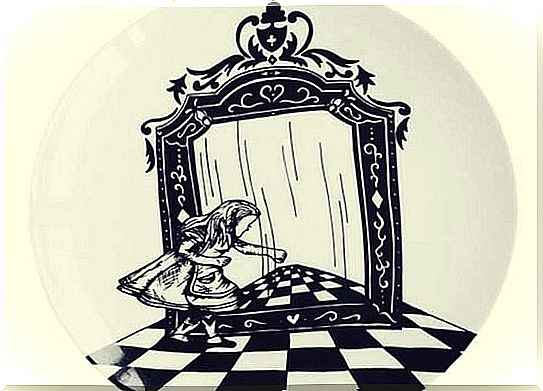
It is very possible that you have now become very interested in Dali’s hypnagogic condition. However, one should keep in mind that it is not easy to reach and benefit from this phase of sleep. Salvador Dali was an experienced “psycho-navigator” in the subconscious world. It would have been very difficult for us to do what he did.
However, we can achieve similar effects by using meditation to catalyze and enhance the creative process. That’s what David Lynch, another genius of the subconscious and the surreal, tells us in his book ‘Catching the Big Fish’.
Meditation harmonizes the thoughts and calms the external sound. As we master the technology, we will have a more free mental flow. We get the dimension that is almost always hidden from our busy minds. The mind that characterizes us, but that almost always disconnects us from its essence and intuitions.
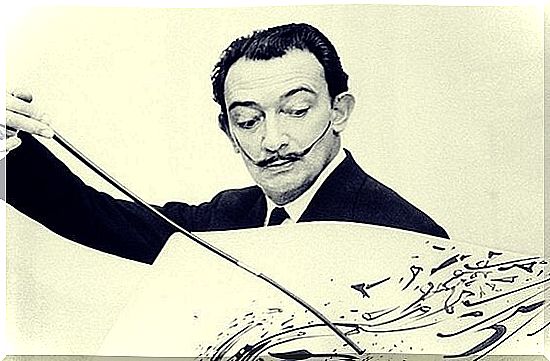
Salvador Dalí’s method was not new, but he managed to use it in a new way. If we want to improve our creativity, it is good if we allow ourselves to be a little freer, and maybe even a little more childish. Let us not forget to look at ourselves with self-distance. We should also ponder the innermost depths of our minds, where our most incredible ideas and thoughts are hidden.
